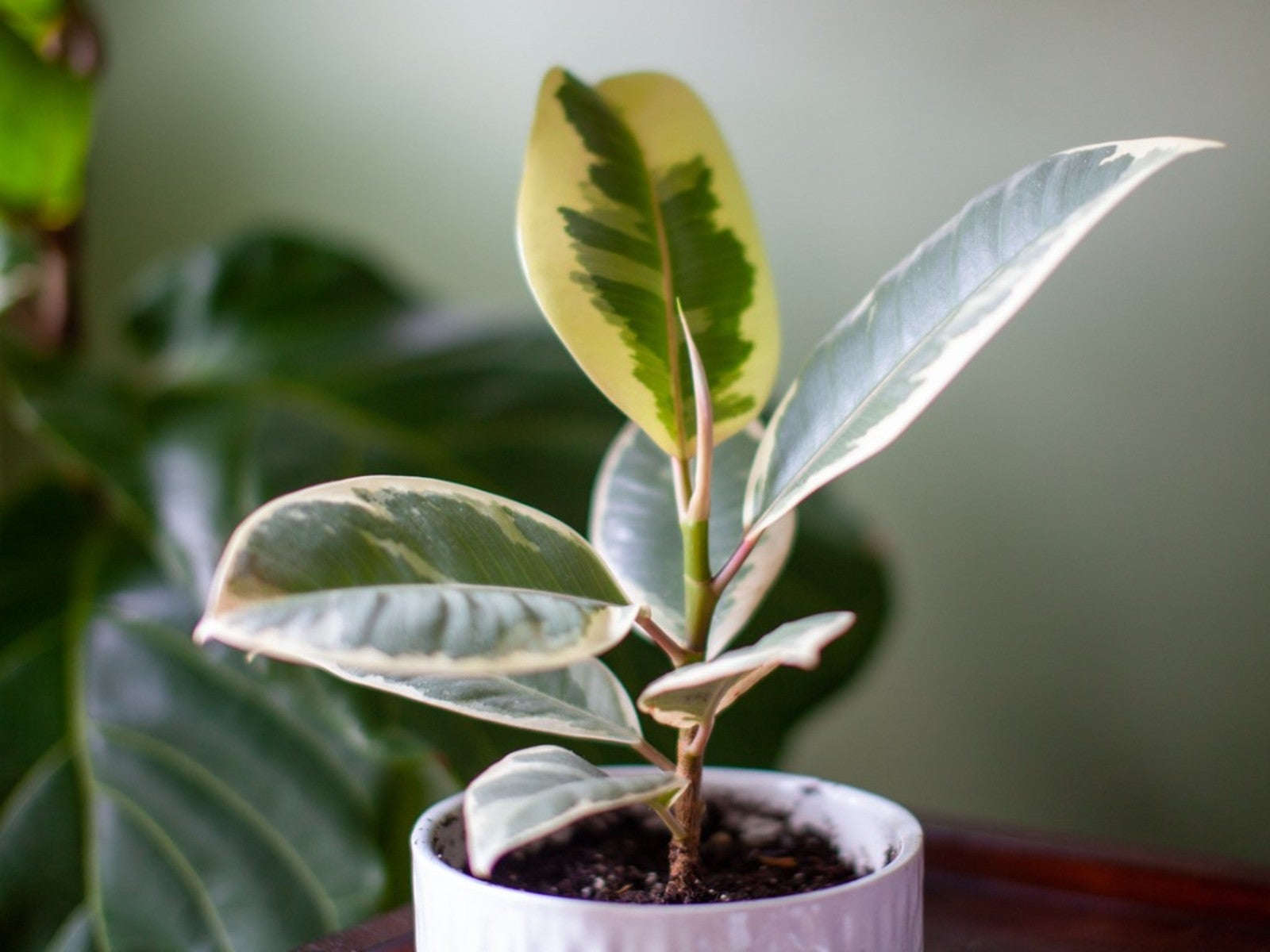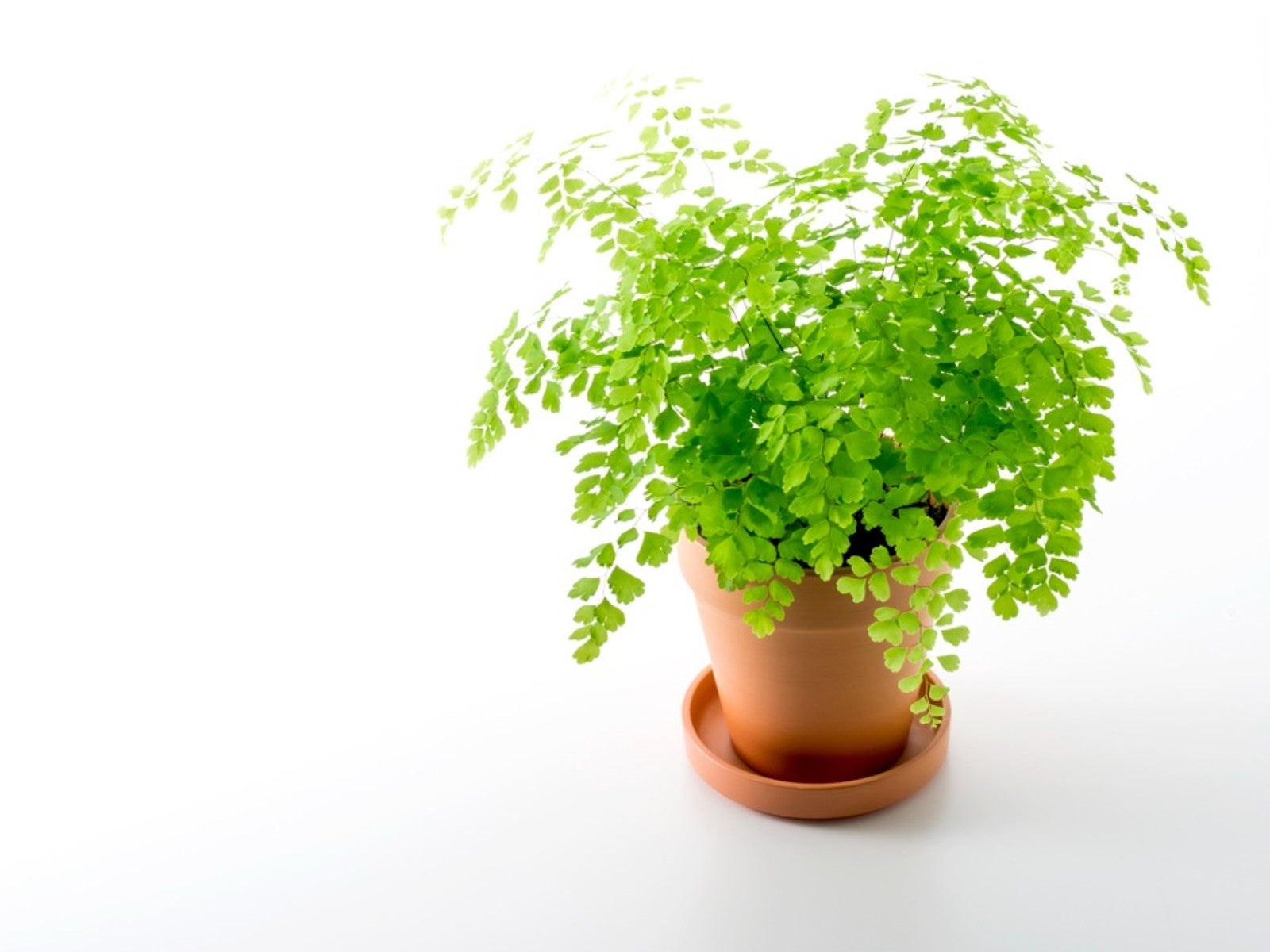Repotting Stress: What To Do For Repot Stress Of Container Plants

Every plant eventually needs to be repotted as they grow out of their containers once they get larger. Most plants will thrive in their new homes, but those that are transplanted incorrectly can suffer from repot plant stress. This can cause dropped or yellowing leaves, failure to thrive, or plant wilting. You can cure a plant that's suffering from repotting stress, but it takes care and time for it to heal.
Transplant Shock from Repotting
When a plant suffers from wilted leaves after repotting, along with a host of other symptoms, it's usually caused by the way it was treated during the transplant process. One of the worst culprits is repotting the plant at the wrong time. Plants are especially vulnerable right before they begin to bloom, so always avoid transplanting in the spring.
Other causes for transplant shock from repotting are using a different type of potting soil than the plant previously lived in, placing the transplanted plant under different lighting conditions after transplant, and even leaving the roots exposed to air for any length of time during the transplant process.
Treating Repot Plant Stress
What to do for repot stress if your plant has already been damaged? The best way to save your plant and help it recover is to give it the ultimate pampering treatment.
- Make sure the new pot has sufficient drainage holes. If it doesn't, try drilling a hole or two while the plant is still potted to avoid moving the plant unnecessarily.
- Place the plant in the exact same spot it used to inhabit so that it gets the same temperature and lighting conditions it had before.
- Give the plant a dose of water-soluble, all-purpose plant food.
- Finally, nip off all dead leaves and stem ends to make room for new parts to grow.
Gardening tips, videos, info and more delivered right to your inbox!
Sign up for the Gardening Know How newsletter today and receive a free copy of our e-book "How to Grow Delicious Tomatoes".
-
 Looking For Plants To Give You The Soft And Fuzzies? Try These 5 Fuzzy Leaf Plant Options
Looking For Plants To Give You The Soft And Fuzzies? Try These 5 Fuzzy Leaf Plant OptionsLovers of texture, drama, silver foliage and tactile plants will adore these special sensory garden additions. These fuzzy leaf plant options will leave you all aglow
By Susan Albert
-
 Get Ready For A Summer Of Hummers! Grow These Full Sun Hummingbird Plants and Flowers
Get Ready For A Summer Of Hummers! Grow These Full Sun Hummingbird Plants and FlowersIf you’re lucky enough to enjoy a sunny backyard, make sure you are maxing out on your pollinator opportunities and grow these full sun hummingbird plants and flowers
By Tonya Barnett
-
 8 Easy Care Houseplants That Live A Long Time
8 Easy Care Houseplants That Live A Long TimeClick here to learn about our 8 favorite low maintenance houseplants that can, with proper care, live a long time.
By Amy Grant
-
 How Often Should You Repot Plants?
How Often Should You Repot Plants?Escaping roots and shrinking leaves may mean your plant wants a new pot, but some like staying cramped and cozy.
By Mary Ellen Ellis
-
 Orange Flowering Houseplant Varieties With Tropical Flair
Orange Flowering Houseplant Varieties With Tropical FlairClick here to learn about some cheerful orange-blooming houseplants you can try growing.
By Mary Ellen Ellis
-
 Variegated Houseplants With Lovely Leaves
Variegated Houseplants With Lovely LeavesWhat are some of the best variegated houseplants to add to your collection? Click here to find out.
By Amy Grant
-
 Lovely, Lacy Indoor Foliage Plants
Lovely, Lacy Indoor Foliage PlantsClick here to learn about some houseplants with lacy foliage to add to your collection.
By Mary Ellen Ellis
-
 Best Christmas Houseplants And Plants For Winter Holidays
Best Christmas Houseplants And Plants For Winter HolidaysClick here for an idea of the best houseplants to use for holiday décor for Christmas, Hanukkah, Kwanzaa, and New Year’s.
By Laura Miller
-
 Best Big Houseplants To Create An Indoor Oasis
Best Big Houseplants To Create An Indoor OasisIf you have the space you may want to grow some large houseplants. Here are some ideas.
By Mary Ellen Ellis
-
 Relaxing Plants To Grow Indoors For A Calmer Mind
Relaxing Plants To Grow Indoors For A Calmer MindAre there houseplants that can help you to relax? Click here to find out.
By Laura Miller